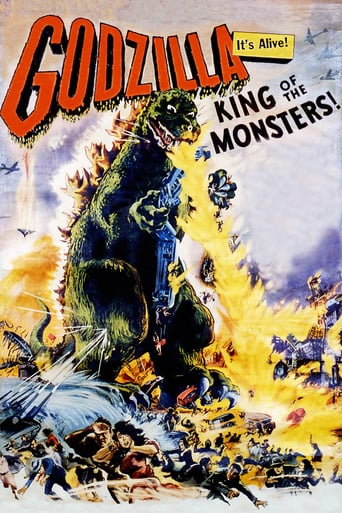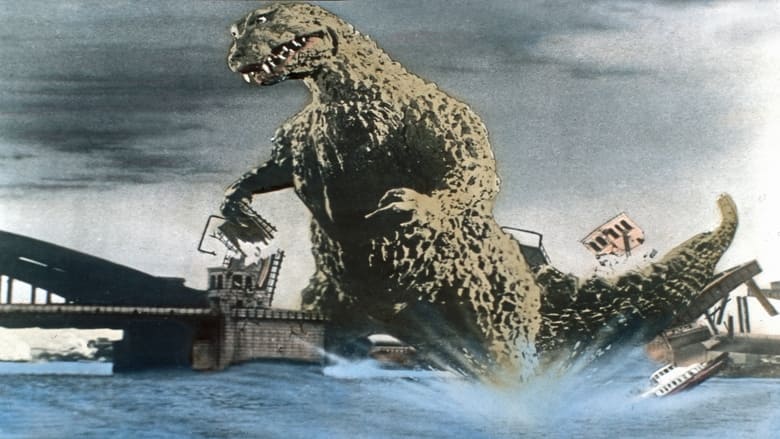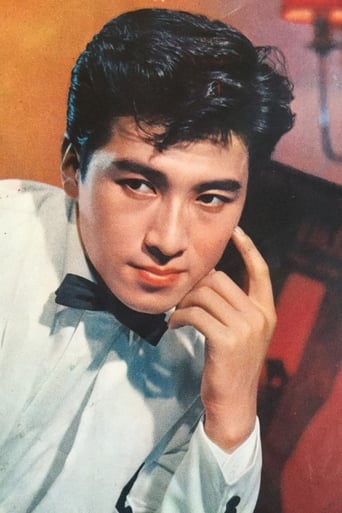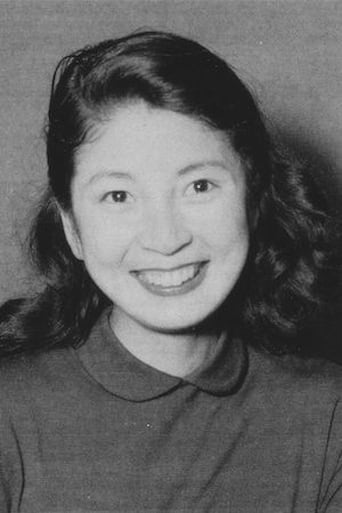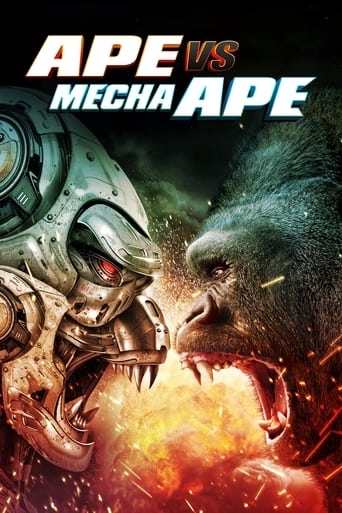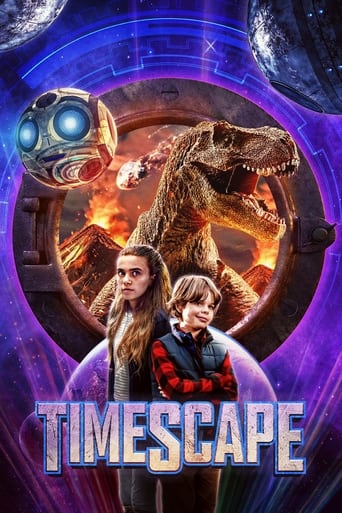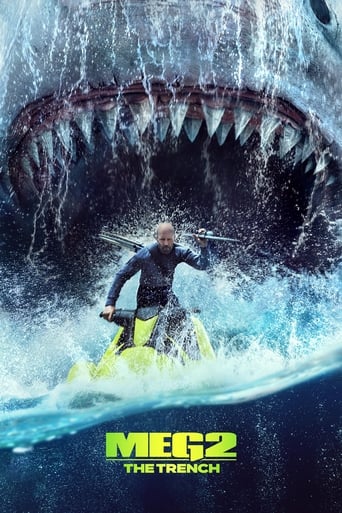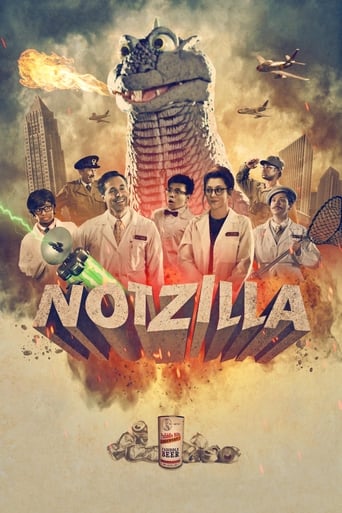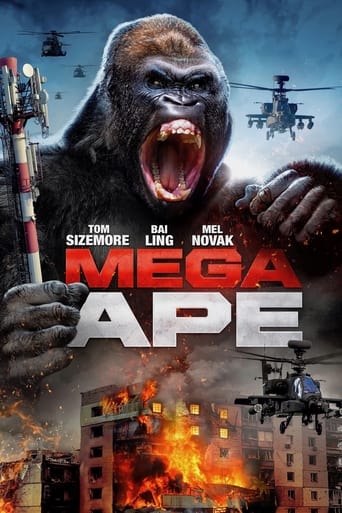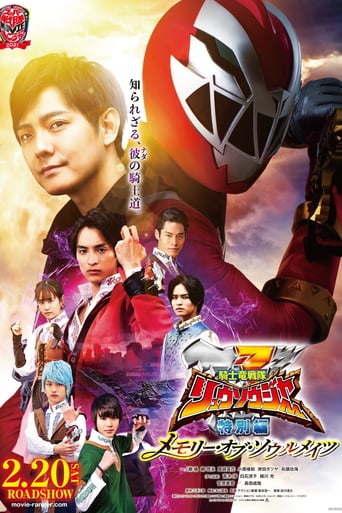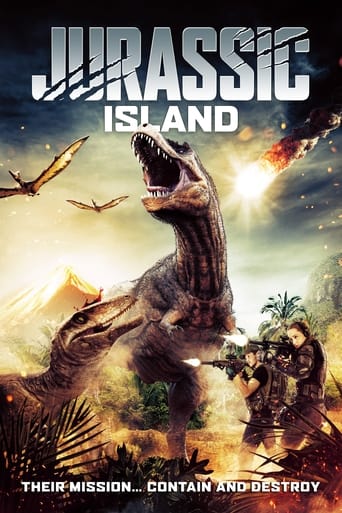Godzilla, King of the Monsters! (1956)
During an assignment, foreign correspondent Steve Martin spends a layover in Tokyo and is caught amid the rampage of an unstoppable prehistoric monster the Japanese call 'Godzilla'. The only hope for both Japan and the world lies on a secret weapon, which may prove more destructive than the monster itself.
Watch Trailer
Free Trial Channels
Cast
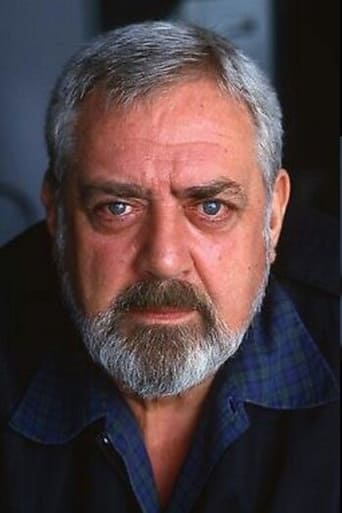


Similar titles
Reviews
Slow pace in the most part of the movie.
While it doesn't offer any answers, it both thrills and makes you think.
The movie is made so realistic it has a lot of that WoW feeling at the right moments and never tooo over the top. the suspense is done so well and the emotion is felt. Very well put together with the music and all.
Exactly the movie you think it is, but not the movie you want it to be.
Here in American, we first became aware of Godzilla in the 1956 movie "Godzilla, King of the Monsters!" But the original version of this movie was "Gojira," released in Japan in 1954 and directed by Ishirô Honda. Footage from this movie was used in combination with scenes directed by Terry Morse, which included Raymond Burr as Steve Martin, a reporter. With Martin's narration and some dubbing added in, the subtitles used in "Gojira" were unnecessary.Although the addition of scenes with Raymond Burr might seem a little cheesy, the Morse version is actually an improvement over Honda's original, and not simply because it eliminates the nuisance of having to read subtitles. Notwithstanding the additional scenes with Burr, "Godzilla, King of the Monsters!" runs only 80 minutes, whereas "Gojira" runs for 96 minutes, from which it follows that a lot of footage was eliminated from the latter in producing the former. This is not something to regret. The result is that whereas "Gojira" drags on at a slow pace, "Godzilla, King of the Monsters!" moves at a nice clip. Finally, "Gojira" tells its story from beginning to end, whereas "Godzilla, King of the Monsters!" begins in medias res, with Steve Martin trying to crawl his way out of the rubble of a destroyed city, who then tells us how things came to be through a flashback. It is this narrative structure that allows for much of the boring material from the original to be summed up by Martin in a few words.I didn't expect to review these movies. My favorite film critic is Danny Peary, who included "Godzilla, King of the Monsters!" in his "Cult Movies 2," and so I figured he had probably said it all. However, after seeing both movies back to back, it is clear that on a couple of points he is mistaken. Peary discusses the many ways in which "Gojira" is a kind of metaphor and commentary on the atomic bombs that were dropped on Japan in 1945. However, he suggests that in making "Godzilla, King of the Monsters!" some of this was eliminated:"The American version makes two deletions that arouse suspicions regarding the covering up of references to damage done by the A-Bomb; a young woman (Emiko?) says that she doesn't want to be a victim of 'Gojira,' 'not after what I went through in Nagasaki'; a doctor detects that a little girl has radiation poisoning, and though she is sitting up now, he indicates she is doomed."The first scene involving a woman, who is not Emiko, by the way, does not say anything about Nagasaki. She is talking to a couple of men about the possibility of Godzilla coming to their city. Reference is made to the radioactive tuna and fallout stemming from the fact that Godzilla himself is very radioactive, and they talk about finding a shelter if Godzilla actually comes to the city, the reference presumably being to air-raid shelters. Now, air-raid shelters were commonly used during World War II to protect people from conventional weapons, so there is no clear reference to the atomic bomb in what they say. Of course, I am only going by the subtitles. But their words in Japanese do not include anything that sounds like "Nagasaki." On the other hand, if we really want to get all conspiratorial, perhaps the woman's remark about Nagasaki was cut out or there was dubbing in the Japanese language to make reference to shelters instead. But enough of this. In all likelihood, Peary was wrong about what this woman said.As for the second scene, the one involving the doctor who indicates that the little girl is doomed by radiation poisoning, this was not eliminated in Morse's American version. But it occurs much earlier in the movie, owing to the flashback narrative structure, whereas in the original, it takes place much later. This may be what led Peary to think it had been cut out.I remember seeing a bunch of Japanese monster movies at the Triple Threat Drive-In a long time ago. Binge-watching them like this makes you suspect that if you live in Japan, you can expect Godzilla or some other monster to be heading for Tokyo every other Tuesday. My friends and I began to notice that Godzilla started protecting Japan from other monsters. Peary also noticed this, saying that Godzilla had become a Japanese folk hero during the 1960s. But maybe Godzilla was just being territorial.Needless to say, some of these Japanese monster movies are better than others. As we used to say in those days when we went to see them at the drive-in, "You pays your money, and you Tokyo chances."
The atomic age Sci-fi movies were all the rage in the 1950's. Godzilla King of the Monsters is no exception. Opening scene is a dismal setting. Destroyed Tokyo, with flames and flattened building for miles. In one of the remaining skyscrapers we see a demolished office with a fallen beam on our star narrator Raymond Burr as he is almost beyond recognition with dark smudges covering his face and tattered clothes. In Burr's opening remarks he's lucky to be alive after what he saw. Burr plays U.S. News reporter Steve Martin who a few days earlier, was en-route to Cairo, Egypt when he was to stop over and catch up with an old friend Dr. Serezawa. Upon Steve Martin's landing in the Tokyo Airport he is met by two Japanese officials for questioning. The two officers asked if he saw anything unusual while in the air. Martin like most of the passengers saw nothing.Meanwhile 10,000 feet below a Japanese freighter was totally destroyed with no survivors with some sort of heat ray. The distress signal from the freighter wireless were all the Japanese coastguard could go on at the time. No survivors. Another ship is destroyed with one survivor who was washed up on Odo Island as the traumatized victim describes the sea beast who destroyed his ship. This prompts the press and the Scientists to travel to Odo Island. A large radioactive footprint is discovered and then the ominous pounding and the Earth begins to shake. Then the large shrill and moans as the locals run for the hills . I had no problem with the dubbing and added scenes with Burr from the Japanese original two years earlier. For me the narrations were clear, concise and correct. The sound effects used in the film were for the most part startling with the thunderous thuds of the monster's walk. The moans were just as frighting. Your imagination can only conjure up what kind of horrible creature could do such damage. About 20 years later the same movie was re-released and colorized. Big mistake. Other Godzilla movies were made and are still produced as the franchise continues. Still captivates me to this day. I even watched this movie in Spanish featured on the local UHF Spanish language channel WNJU TV located in Linden Newark,New Jersey, Featured as " El Mundo Del Terror". I still argue that Godzilla is better than the British production of Gorgo. You decide!
The first Godzilla movie sets the pace for a string of long boring movies with 10 minutes of action and 80 minutes of terrible actors trying to fill time. With toys tanks,fire breath that looks like ice and an invisible plot, this movie will have you hoping he kills everyone. The trailer is ridiculous.They say this is better than anything Jules Verne ever wrote, that is total non-sense. Jules Verne's worst story is a million times better than this.There is literally no story here.The best part of the movie is that all the signs in the Tokyo airport were in English.Too funny. Skip the whole franchise,you'll thank me later.
Godzilla is a movie which, if viewed without its cultural context, can be gravely misunderstood. Some reviews refer to it as simply a dippy monster movie, but this confuses the movie with its dozens of sequels. Godzilla is really a sort of Requiem for the Japanese War Dead, and their attempts in the movie to destroy him are nothing less than attempts to destroy violence and terror itself--their own war on terror. Watching it for the first time after many years, I was heartbroken and moved.Raymond Burr's scenes are frankly awkward, but that's okay--again a metaphor for awkward attempts of the two countries to get to know each other after WWII. The burning of Tokyo is not awkward--it is terrifying, even with the lousy special effects, because you know these people lived it. The firebombing of the city in March 9-10, 1945 was more lethal than either of the Atom Bombs. The scenes of wounded lying in the hospital are true to life, again because these folks had a first-hand recollection. Watch the movie without this knowledge, and it seems silly. Watch it with this knowledge, and you simply want to cry.

